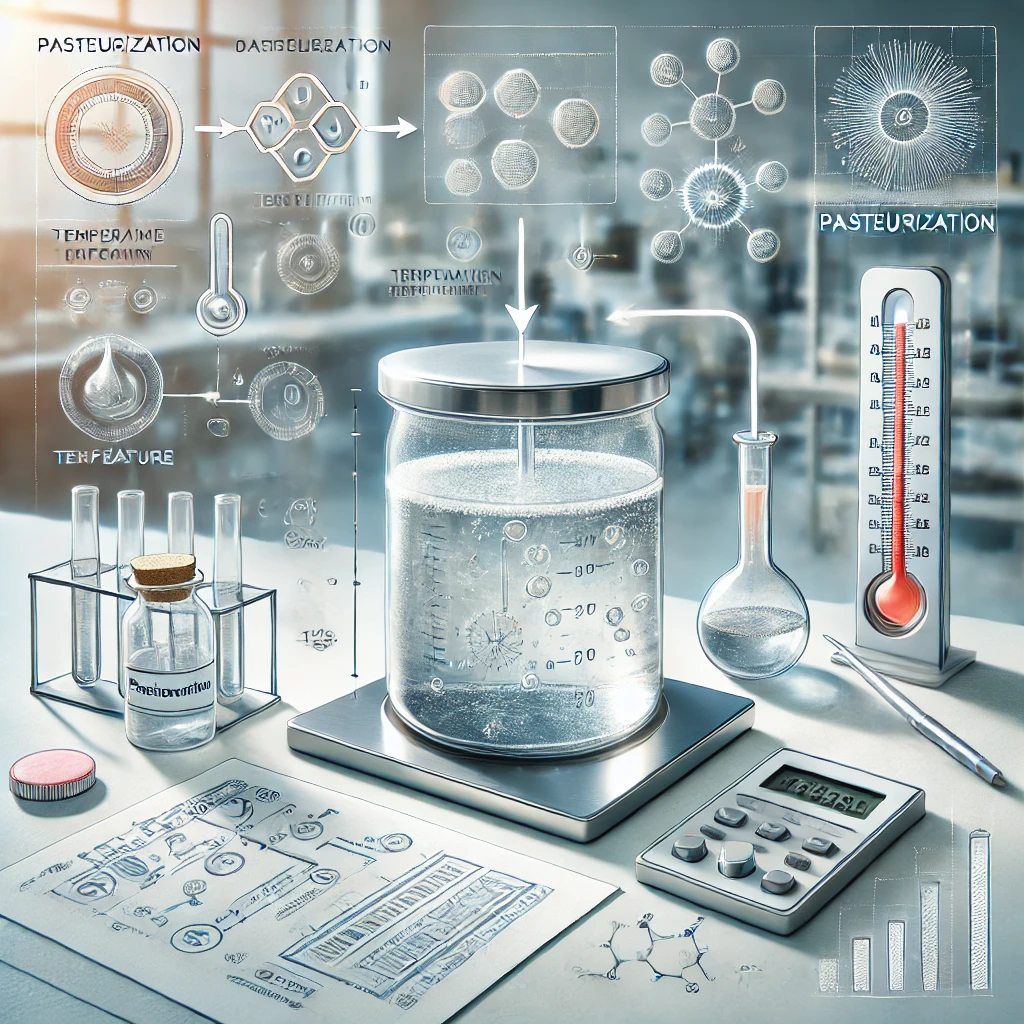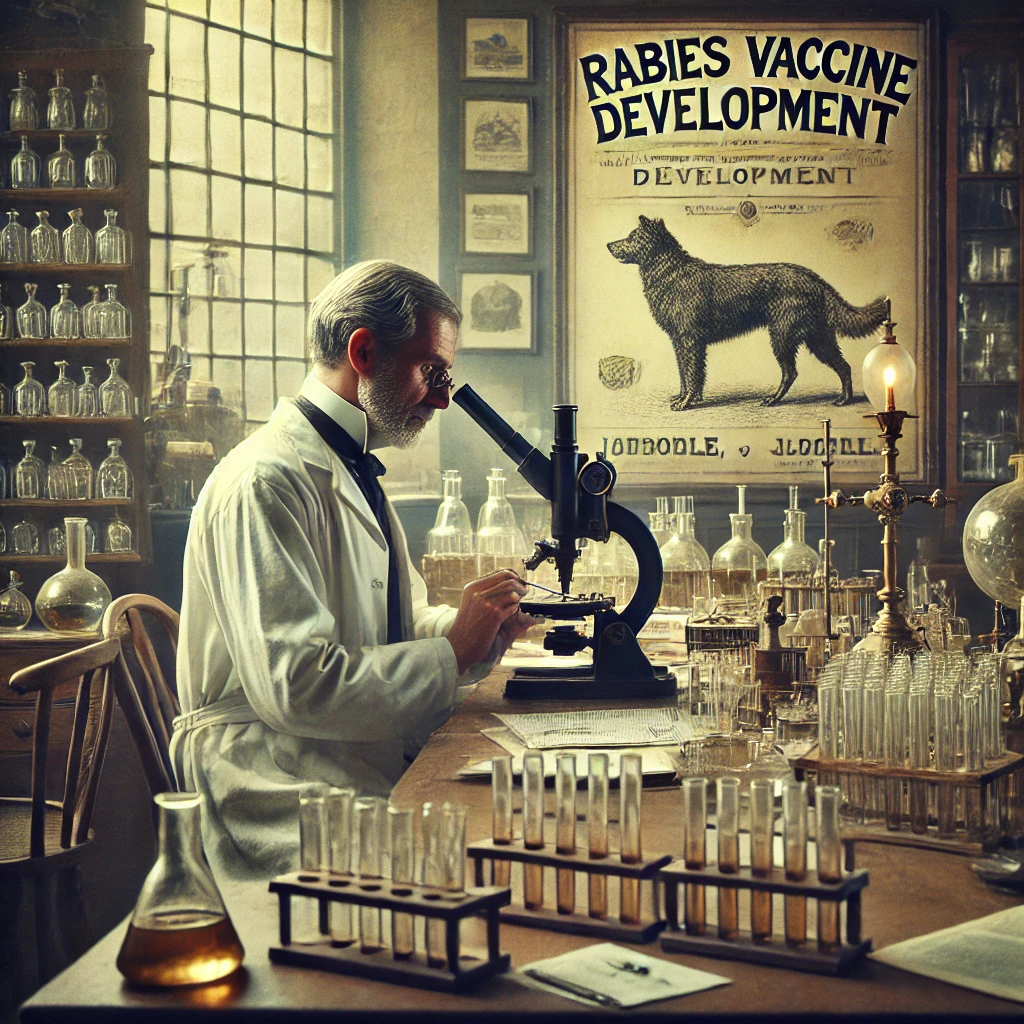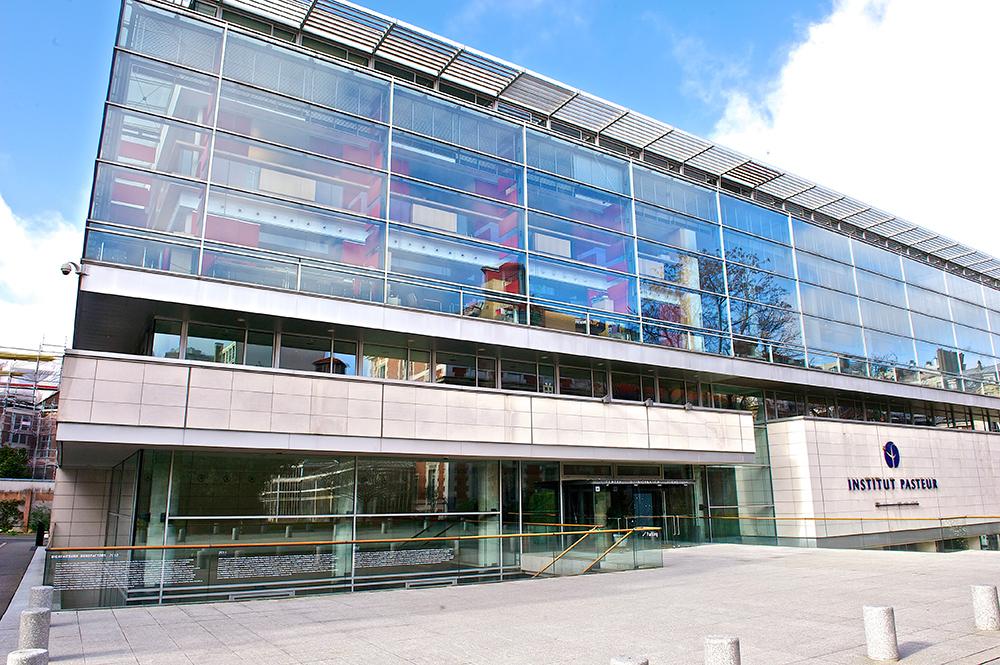Louis Pasteur (December 27, 1822 – September 28, 1895) was a French chemist and microbiologist. He etched his name into the history of science with his work in germ theory, pasteurization, and vaccine development. By proving that microorganisms cause fermentation and diseases, he laid the foundations of modern microbiology and brought about a significant transformation in scientific thought by refuting the theory of spontaneous generation. Through the pasteurization method, he enhanced food safety, and by developing the first effective vaccines for diseases such as anthrax, chicken cholera, and rabies, he contributed significantly to public health.
Early Life and Education
Louis Pasteur was born on December 27, 1822, in the town of Dole in eastern France, into a modest family engaged in leather tanning. His father, Jean-Joseph Pasteur, was a non-commissioned officer in Napoleon's army who, despite the family's humble living conditions, placed great importance on his children's education. During his childhood and youth, Pasteur was noted for his artistic talents, particularly in portrait drawing, as evidenced by works exhibited today at the Pasteur Institute in Paris. However, his academic success was not prominent until his high school years. Pasteur received his education in Arbois in the Franche-Comté region and at the Collège Royal de la Franche in Besançon, earning his Bachelor of Science degree with honors in physics, mathematics, and Latin in 1842.
Pasteur enrolled at the prestigious École Normale Supérieure in Paris to pursue a scientific career. Concentrating on chemistry and physics, he completed his master's degree in 1845 and his doctorate in 1847. Although he initially planned to become a teacher, his research on the optical properties of crystals led him to scientific investigation. During this period, he examined the ability of organic molecules to rotate polarized light (optical activity) and demonstrated that the asymmetric structure of molecules affects their chemical properties. These findings laid the foundation for stereochemistry and made Pasteur a recognized figure in the scientific world at just 26 years old.
Scientific Career and Major Works
Pasteur's career was marked by complementary discoveries in chemistry and microbiology. In 1848, he became an assistant professor at the University of Strasbourg, and in 1854, he was appointed as a professor of chemistry and dean at the Faculty of Science in Lille. In 1857, he became the director of scientific studies at the École Normale Supérieure, where his research on fermentation, microorganisms, and infectious diseases led to significant shifts in scientific understanding.
Fermentation and Pasteurization
Pasteur's studies on fermentation began in the 1850s when a student's father in Lille sought his help in solving problems encountered in alcohol production from sugar beets. At the time, fermentation was believed to be a purely chemical process driven by enzymes, without any connection to living organisms. Through microscopic examination, Pasteur demonstrated that alcohol fermentation was carried out by living yeast cells, while unwanted products such as lactic acid resulted from airborne contaminant microorganisms. His findings, published in 1857, established fermentation as a biological process.

Pasteurization Method (Generated Using Artificial Intelligence)
The discovery led Pasteur to develop methods to prevent food spoilage. In 1865, he patented the pasteurization method, which involved briefly heating liquids such as wine, beer, milk, and vinegar at temperatures between 60-100°C to eliminate harmful microorganisms. Initially used in the wine industry, this technique provided significant economic benefits to France and later became a standard method in milk production. Pasteurization directly improved food safety, though its widespread adoption took time due to resistance to traditional practices.
Germ Theory and the Refutation of Spontaneous Generation
Pasteur's germ theory proposed that microorganisms were responsible for disease and spoilage. In the 19th century, the spontaneous generation theory—which held that life could arise from non-living matter—was still widely accepted. To disprove this theory, Pasteur designed his famous "swan-neck flask" experiment. By keeping sterilized nutrient solutions in flasks exposed to air but protected from dust and microbes, he demonstrated that spoilage only occurred when external microorganisms were introduced. This work reinforced previous findings by scientists like Lazzaro Spallanzani and accelerated the acceptance of germ theory, becoming one of the cornerstones of modern medicine.
Vaccine Development and Immunology Pasteur's vaccine research was a practical application of his germ theory. In the 1870s, while studying chicken cholera, he accidentally discovered that weakened (attenuated) microorganisms could provide immunity. He observed that chickens inoculated with aged cultures of the bacteria survived subsequent exposure to virulent strains, laying the groundwork for vaccine development.
In 1881, Pasteur developed the anthrax vaccine and demonstrated its effectiveness in a public experiment in Pouilly-le-Fort. He vaccinated 24 sheep, a goat, and six cows, while a control group remained unvaccinated. When exposed to virulent anthrax bacteria, the vaccinated animals survived, while most of the unvaccinated ones died. This experiment validated the vaccine's efficacy and had a major impact on agricultural economies.
Pasteur's most famous achievement was developing the rabies vaccine in 1885. Rabies was a deadly disease with no known cure. Pasteur created a vaccine using weakened rabies virus harvested from rabbit spinal cords. On July 6, 1885, he tested it on a nine-year-old boy, Joseph Meister, who had been bitten by a rabid dog. Despite ethical concerns and the fact that Pasteur was not a medical doctor, he took the risk to save the child's life. Meister's survival confirmed the vaccine's success and earned Pasteur worldwide recognition.

Rabies Vaccine Research (Generated Using Artificial Intelligence)
Pasteur Institute and Legacy
The success of the rabies vaccine led to the establishment of the Pasteur Institute in Paris in 1887. Officially inaugurated on November 14, 1888, the institute became a center for infectious disease research, treatment, and prevention. Pasteur continued his work there until his death, and the institute remains a leader in scientific research today, with institutions like Sanofi Pasteur continuing his vaccine legacy.

Pasteur's work was influenced by scientists such as Edward Jenner, Henri Toussaint, and Pierre Victor Galtier. His students and collaborators, including Émile Roux, Charles Chamberland, and Élie Metchnikoff, played key roles in his achievements. His wife, Marie Laurent, also contributed significantly by managing the laboratory and providing moral support.
Personal Life and Health
In 1849, Pasteur married Marie Laurent, the daughter of the rector of Strasbourg University. They had five children, but three died in childhood due to infectious diseases like typhoid, which may have fueled Pasteur's motivation to combat such illnesses. During his career, he suffered a mild stroke but continued his scientific work. The devastation of the Franco-Prussian War also deeply affected him, especially when his son Jean-Baptiste was captured as a prisoner of war. Pasteur died on September 28, 1895, in Saint-Cloud, France. Initially buried in Notre Dame Cathedral, his remains were later transferred to the Pasteur Institute.
Scientific Contributions
Pasteur's work revolutionized microbiology, chemistry, and public health. His contributions to stereochemistry, germ theory, pasteurization, and vaccines were groundbreaking. However, he faced criticism from contemporaries like Robert Koch, who questioned his vaccine methods, and Antoine Béchamp, who proposed alternative microbial theories. Additionally, his animal experimentation has been debated under modern ethical standards.
Despite initial resistance, Pasteur's sterilization and pasteurization techniques inspired Joseph Lister's development of antiseptic surgery and eventually became medical standards. His vaccines have saved millions of lives and laid the foundation for immunology. His work in silkworm disease prevention also significantly benefited the French economy.
Through his practical applications, Louis Pasteur played a crucial role in shaping modern medicine and microbiology. His legacy continues through the Pasteur Institute and advancements in vaccine technology.



